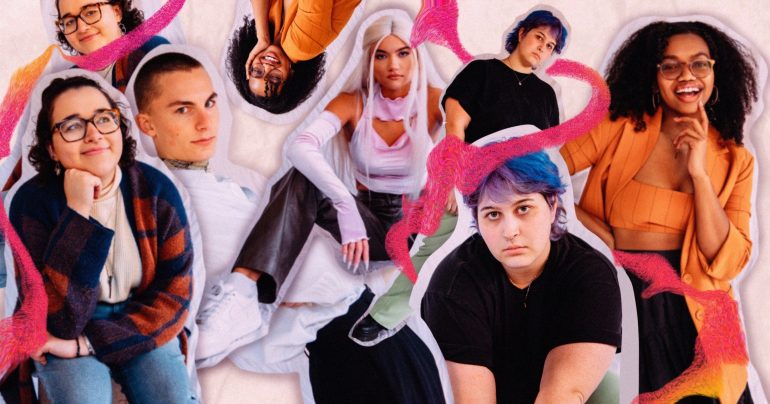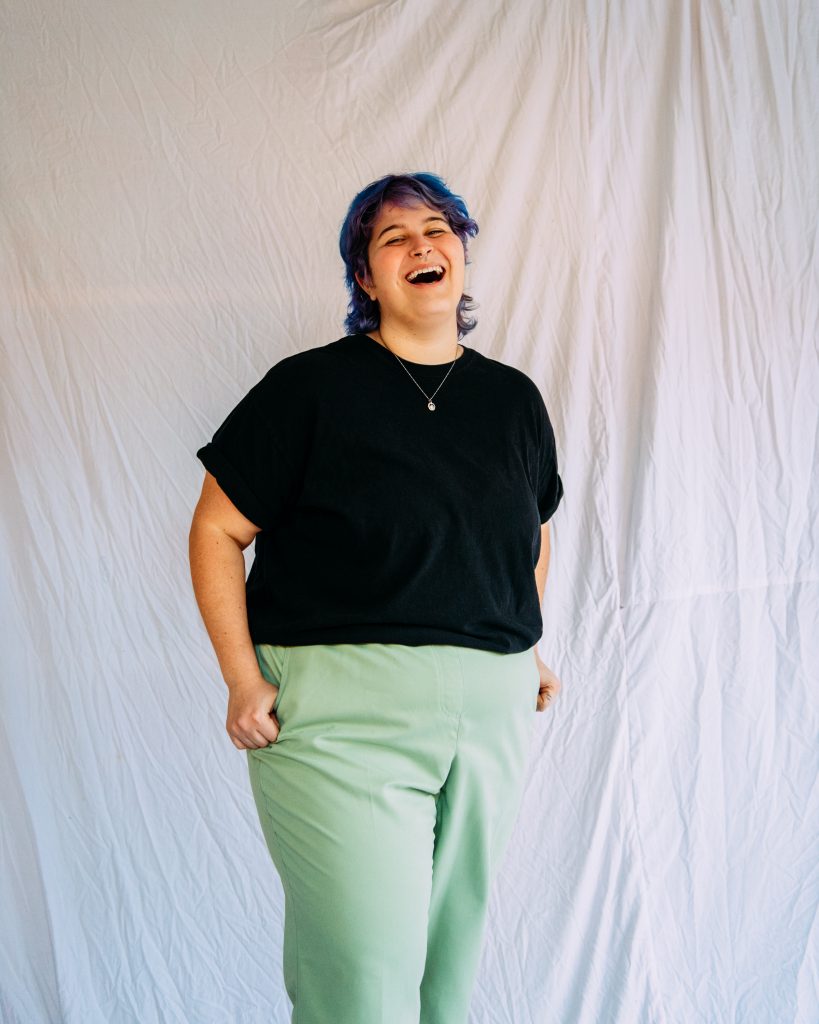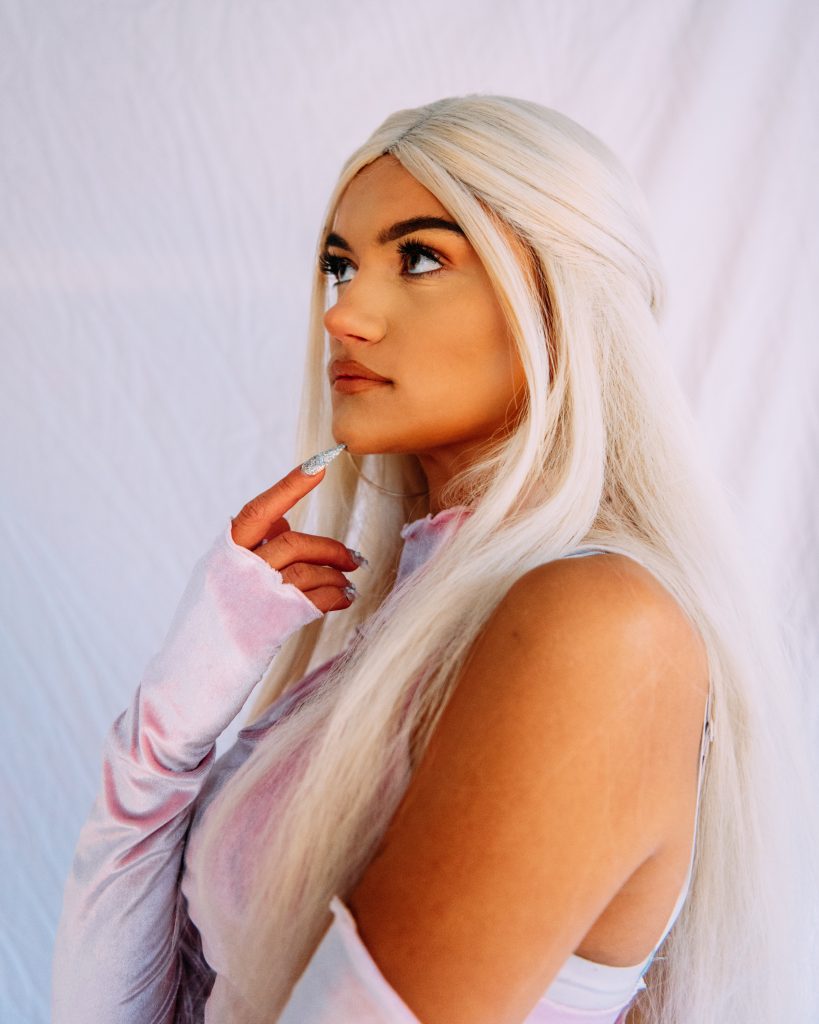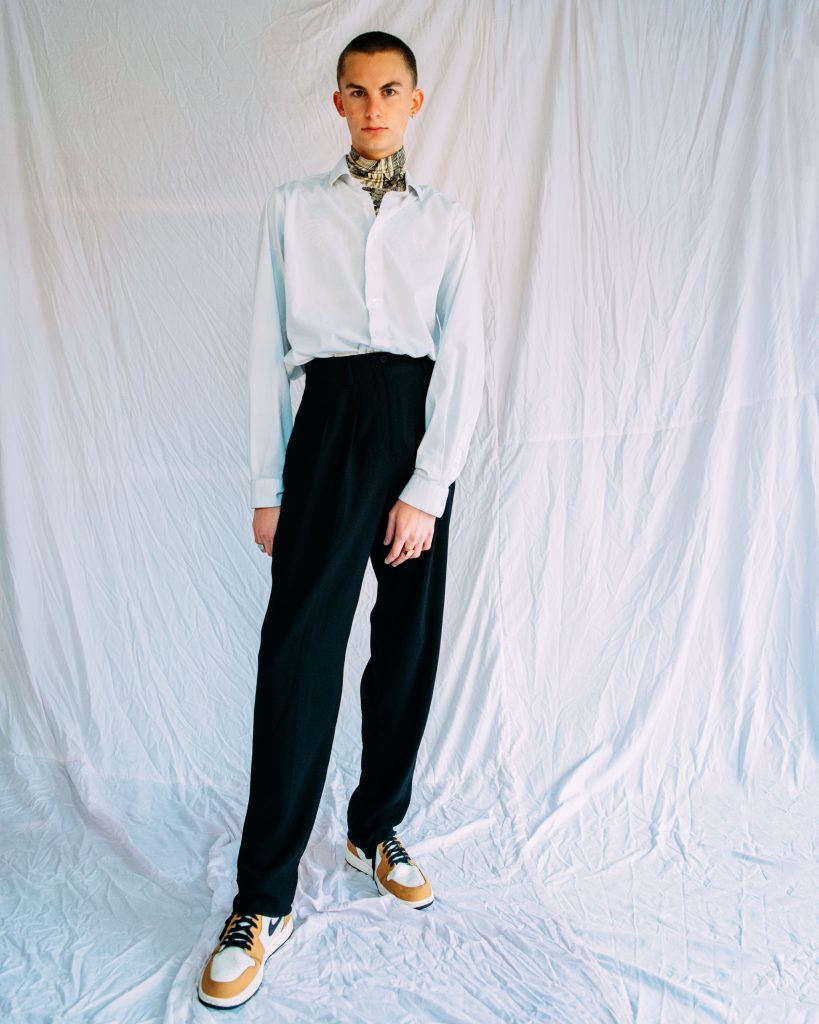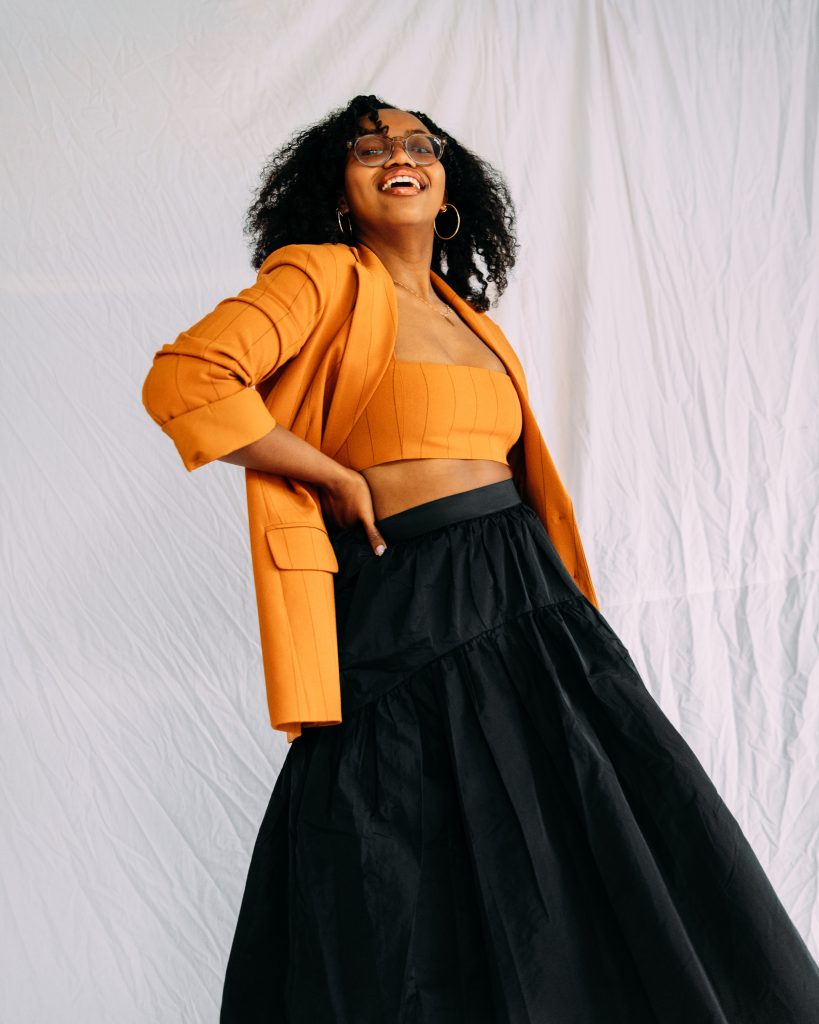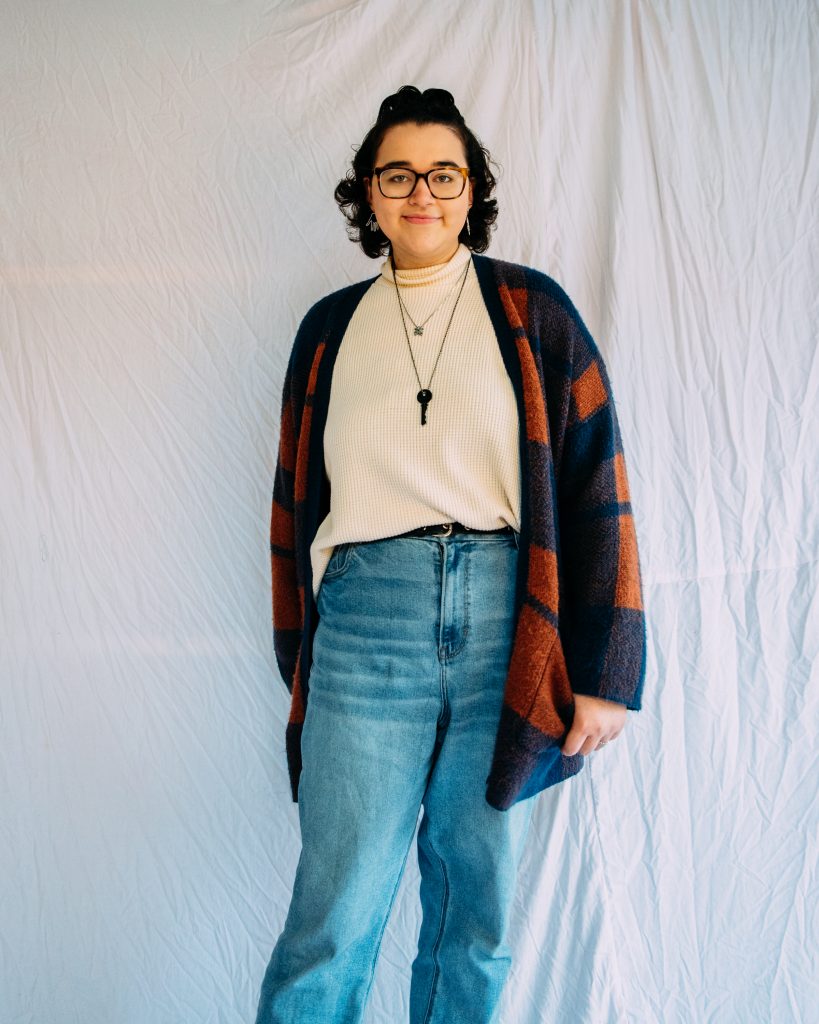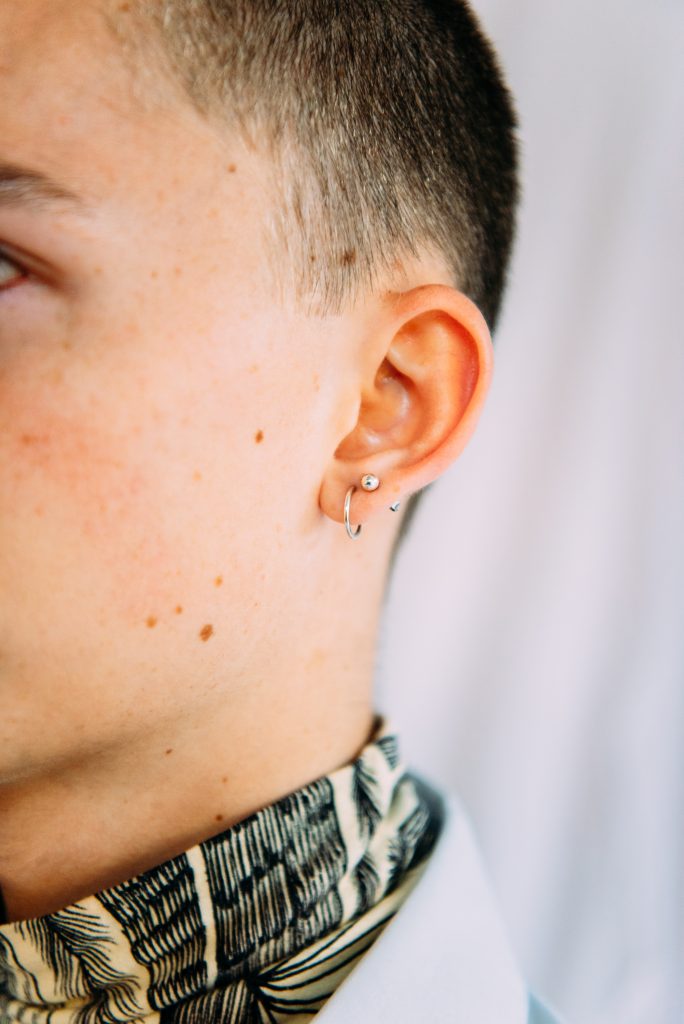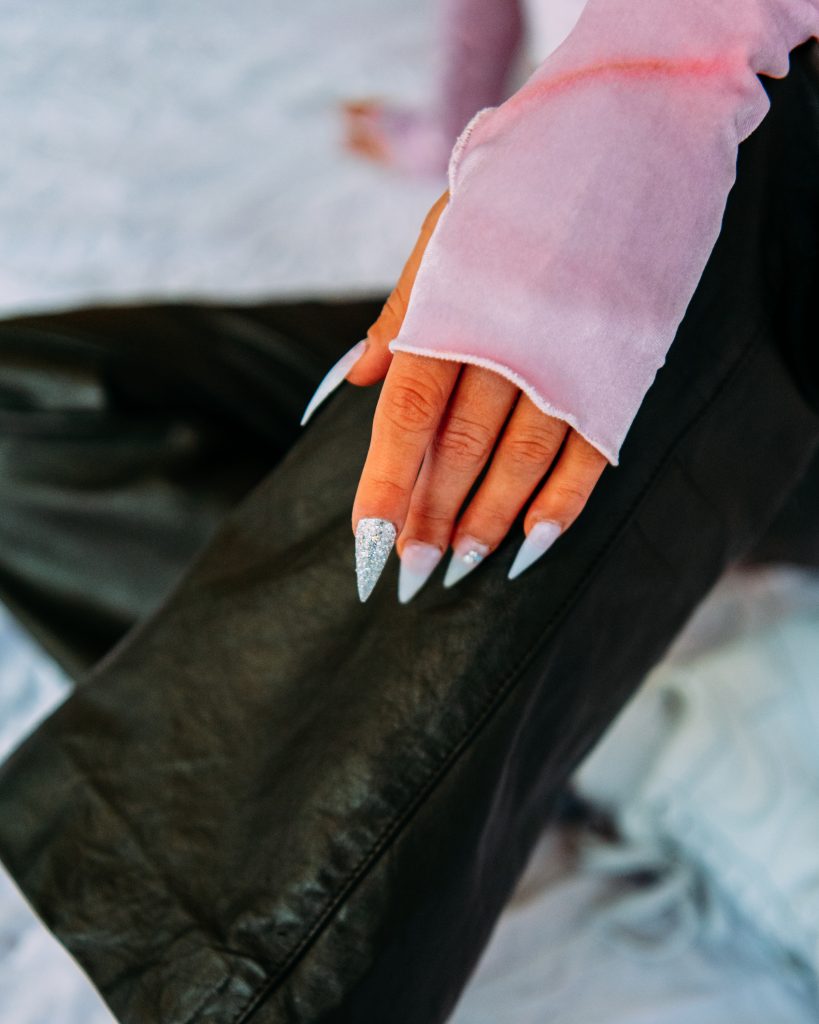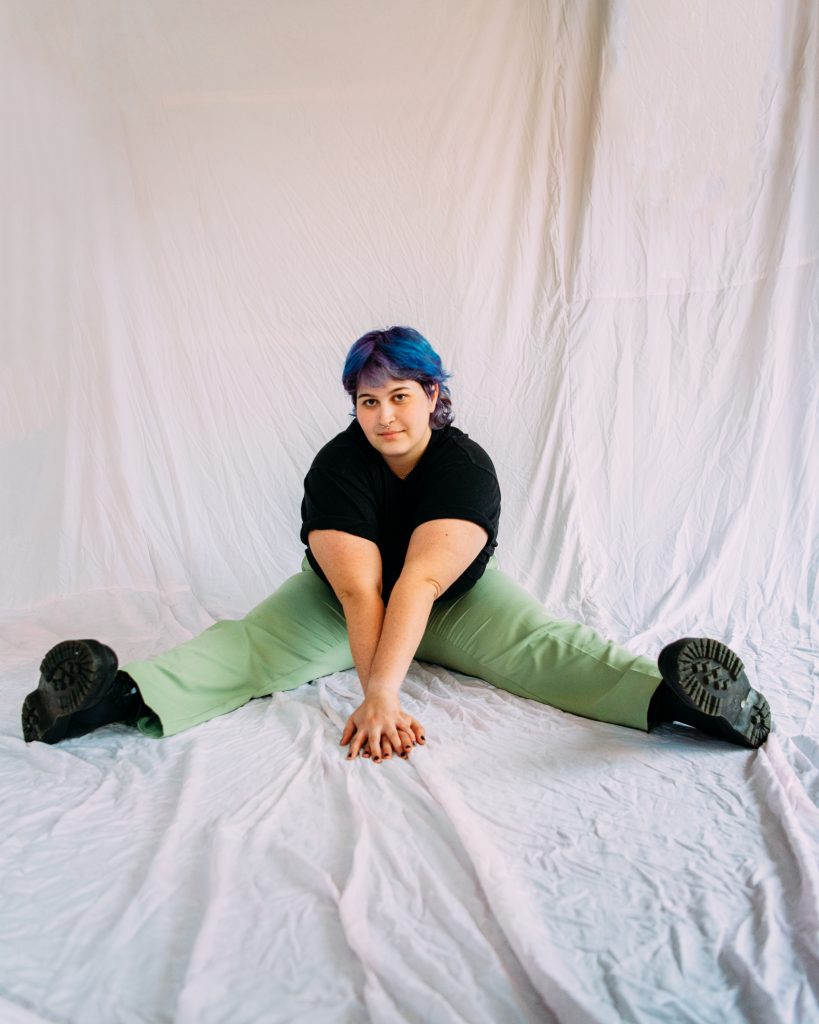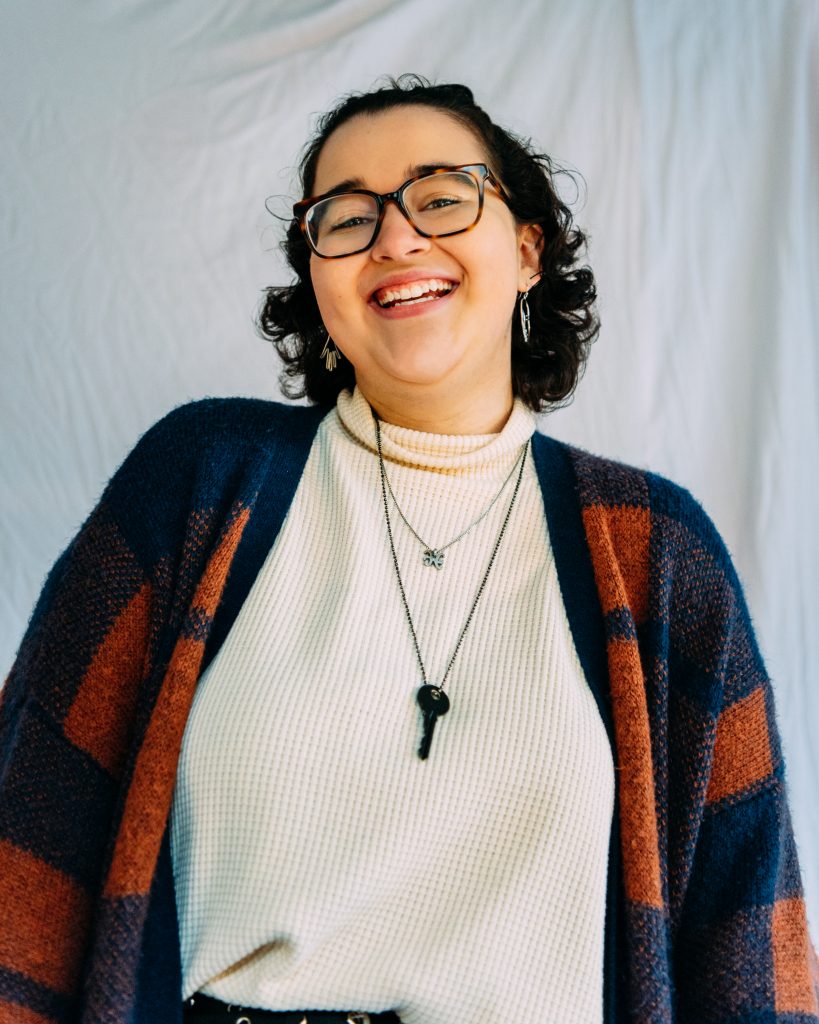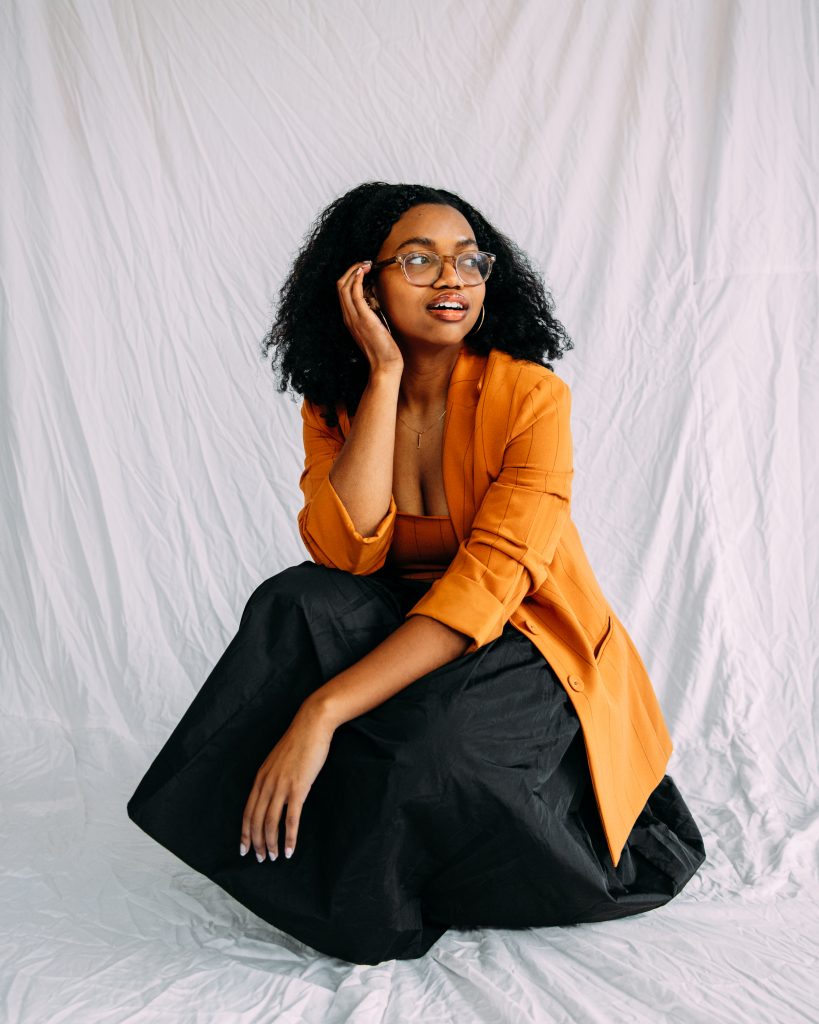Intersectional feminism is making a pivotal resurgence, not as a trend but as a form of self-expression. Intersectionality defines the variation of personal identities within feminism, challenging antiquated interdictions of damaging social dynamics. This esteemed collaboration illustrates countenance through unique interpretations of fashion, beauty, and celebrated identity.
The term “intersectionality” originated in 1989 by Kimberlé Crenshaw, a law professor at Columbia and UCLA. SCAD’s Women’s Empowerment Club explains how the practice of intersectional feminism has, however, been around far longer than just the past 30 years.
When engaging in feminist-related outlets, you’ll find media and entertainment posts still spotlight a fairly homogeneous sector of individuals. It’s critical to recognize the diversity within those who advocate as feminist activists in various forms of gender identity, ethnicity, and age. Intersectionality and feminism must always go hand in hand.
Historically speaking, the first female feminists were already considering how fashion would impact their efforts toward change. In doing so, they maintained their image of what a woman should look like, by Edwardian standards, so their voices could be heard without diversion. With feminist activism in motion, Chanel’s straight cut silhouettes and groundbreaking appearance in trousers inspired the progressive looks of the early 20th century. The emergence of women’s sportswear and business attire was followed by miniskirts and short-shorts of the ’60s, then by a pivotal blur of binary identity in the ’70s. This decade in fashion is one of importance, in which androgynist figures became innovative icons that pushed for gender fluidity through self-expression. The identification of feminism through fashion honors the work of past suffragettes who fought passionately for our liberties of today.
Despite fashion’s progress of the 20th century, gendered dynamics have long been stigmatic; this meant a great deal of courage to defy antiquated ways of gender roles. Today’s influential public figures across the spectrum of film, politics, and music have experimented with their personal meaning of what fashion through feminism means to them. Tilda Swinton, Jared Leto, and Janelle Monae come to mind; fitted suits with heels, lipstick, ties, and a string of pearls beneath a five o’clock shadow. These individuals have helped maintain how the line between feminism and femininity remains blurred.
Each interpretation is defined by a personal journey and discoveries surrounding intersectional feminism; in other words, there is no singular gender, style, or method to celebrating this limitless principle.
Fashion and beauty are consummate expressive outlets to exceed “boundaries” within personal and experimental comfort zones. The way one chooses to dress through thoughtfully selected accessories, garments of varying color, style, fit, and accessorization express a sentimental journey. These details are relevant to unique ethnicities, nationalities, and personal interests, a synthesis of both internal and external influence. Through these subconscious choices, dressing becomes a deep-rooted concept in the construction of identity.
When conceptualizing this editorial, each creative was requested to style themselves in a fit reflective of their disposition as a proud feminist. These individuals are more than models; they represent designers, beauty scholars, art directors, photographers, academics, influential representatives of SCAD’s community of visionaries. Through District’s intimate interviews with five feminist students, we recognize distinctive attention to detail, brought to the table by a unified means of identity.
Cosmetology has been a means of identity for decades, but a key misconception is that feminists refuse makeup as a stereotypical representation of femininity. Once again, society excludes a sector of the population based on glorified cinema, literature, and media. By recognizing five individuals’ take on beauty, we can break the stigma of intersectional feminist stereotypes of society.
Feminism doesn’t end at a sea of exhausted protestors returning home at the end of the day. We continue advocating our rights in cafes, fashion shows, libraries, and cosmetic advertisements, pushing the boundaries of intersectionality by portraying the complexion of our diverse and true selves.
We are feminine, masculine, handicapped, Black, white, nonbinary, young, old, but above all, we are loud, and we are proud.
Words by Anna Vescovi
Photography by Kendra Frankle
Graphic by Anna McGregor
Talent is Bianca Maregatti, Amber Kollar, Kenzie Phillips, Hannah Harris and Matthew Bielak

